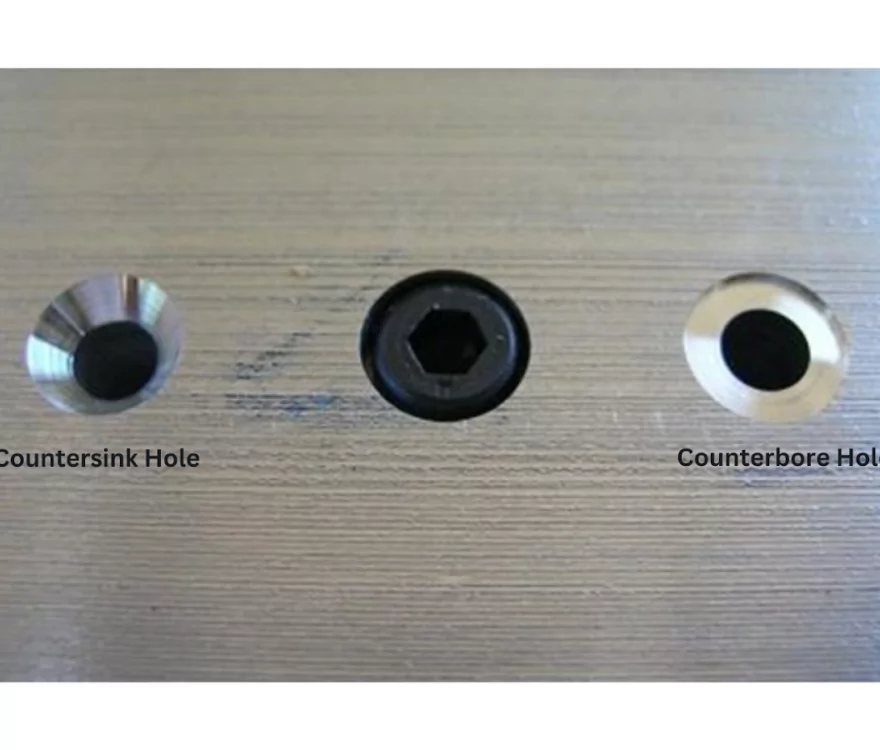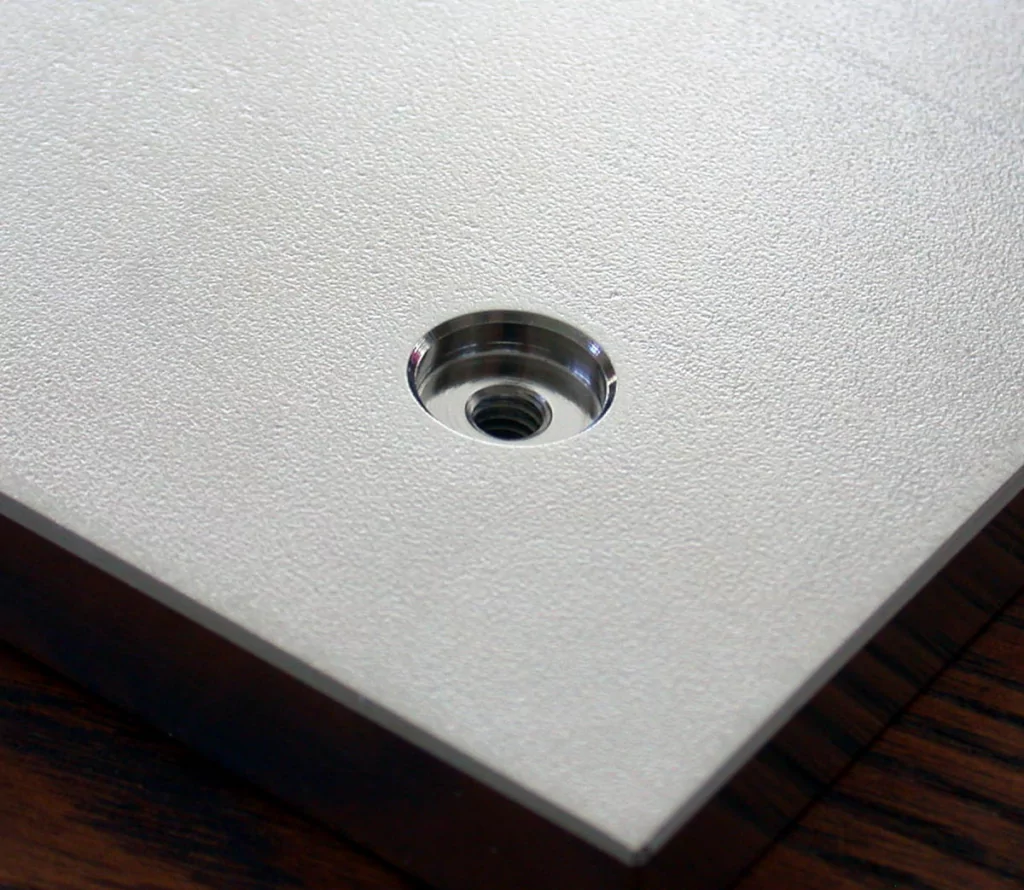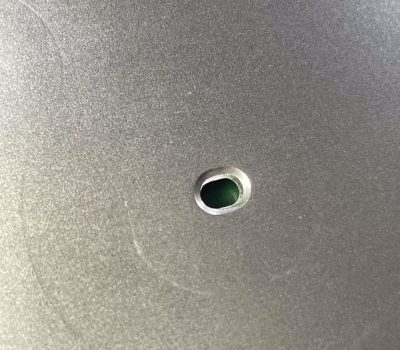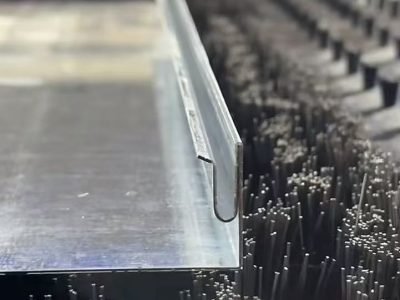
Masda CNC Punch Machine- Countersunk Hole Process
1. The Origin and Technological Development of Countersunk Hole Process
The countersunk hole process develops with the demand for precision assembly. CNC punch presses use multi-stage stamping or rotation processing technology to make the screw head flush with the sheet metal surface, improving the aesthetics and stability of the assembly.
2. Application scenarios:
Suitable for high-demand scenarios such as precision instrument housings, electronic equipment panels, and automotive parts.
The materials are mainly aluminum alloy, stainless steel, and high-strength plastic plates, with a thickness of usually 1-4mm. It is necessary to ensure that the depth of the countersunk hole matches the screw.
3. Function:
Screw hiding: The countersunk hole pricess accommodates the screw head to avoid protrusion that affects the appearance and operation.
Structural reinforcement: Evenly distributed countersunk holes improve the strength of sheet metal connections and prevent stress concentration.
Seal compatibility: The flush surface facilitates the installation of seals and is suitable for waterproof and dustproof environments.
4.Forming process:
Positioning and pre-punching: The CNC system accurately locates the hole position and punches the basic round hole first.
Countersinking: Multi-stage stamping: gradually enlarge the hole diameter and tilt the side wall through a stepped punch;
Rotational forming: use a rotary tool to cut the side wall to form a tapered countersink.
Depth control: adjust the stamping depth according to the screw specifications to ensure that the countersink and the screw are fully matched.
Surface treatment: clean the residual debris in the hole to ensure smooth screwing of the screw.
Technical advantages: high-precision countersinking angle (±1°), suitable for various fasteners; reduce subsequent grinding processes and improve production efficiency; compatible with automated assembly lines and reduce the need for manual intervention.



RELATED NEWS






